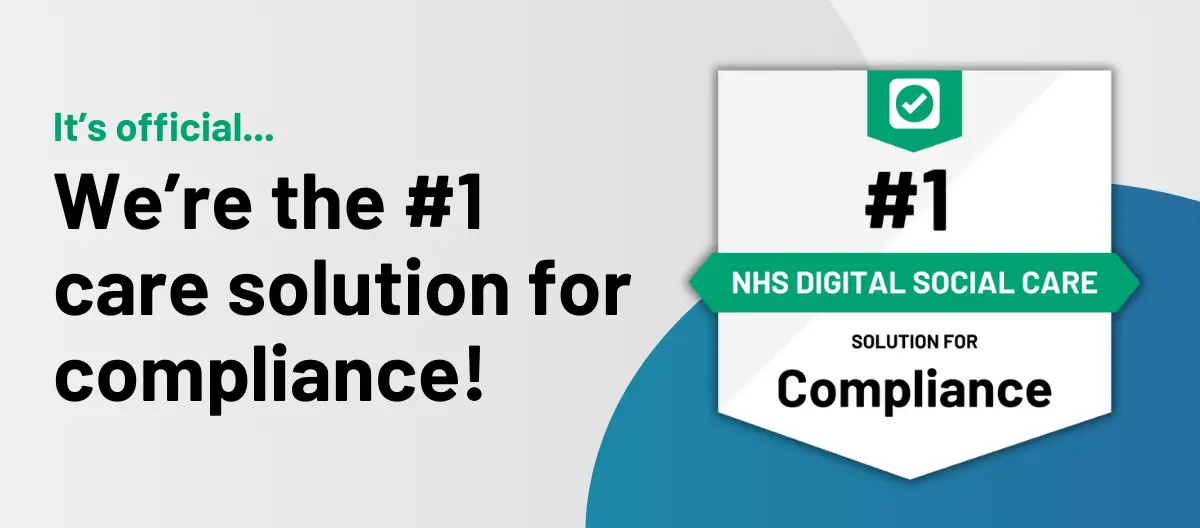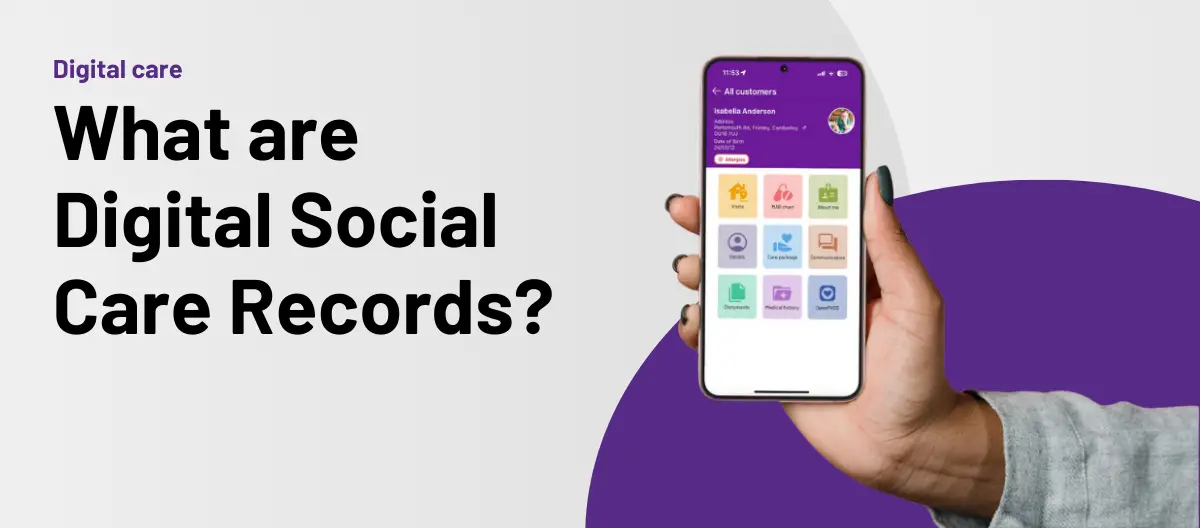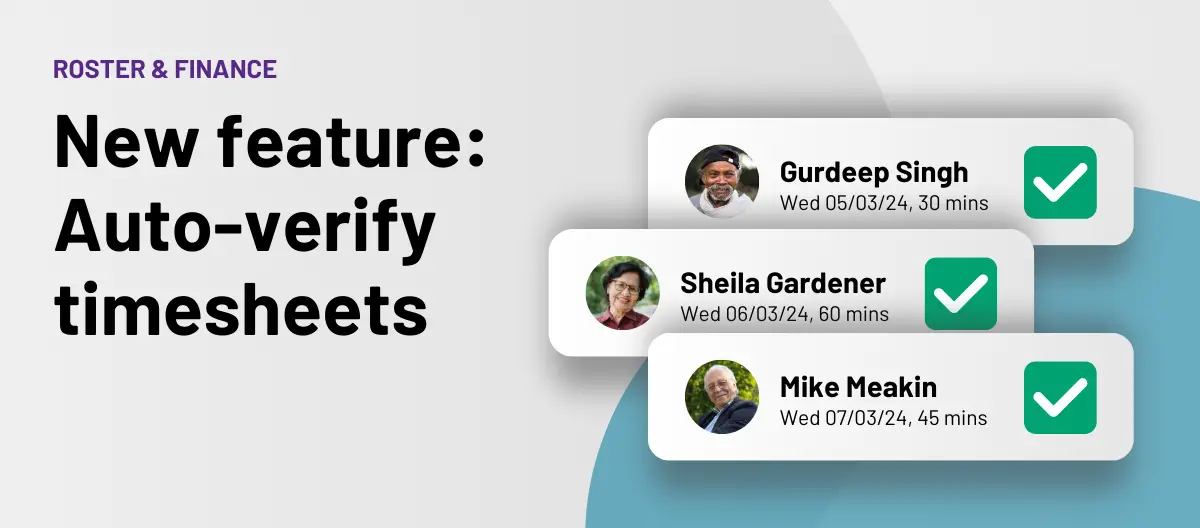I’ve recently spoken with a number of larger care providers who had not even considered the impact of digital care planning upon their exposure in terms of litigation and, therefore, their insurance premiums. As this is such a key driver for going digital, it seemed timely to summarise the two key points here.
Firstly, a quality digital care planning application must thoroughly cover your back in terms of evidencing your corporate obligations as the employer. Whenever a care worker begins an episode of care, they should be reminded to check the care plan for changes and to observe their client’s desired outcomes. Of course, you may add any further reminders or instructions as appropriate and the care worker cannot proceed without acknowledging receipt of such prompts proving that you, as an employer, have issued these reminders with 100% reliability.
All individual tasks and activities are clearly and explicitly prompted to remove any ambiguity and all relate back to a specific outcome to ensure care is delivered with the client’s goals front of mind. Should any tasks or activities remain incomplete when the care worker concludes an episode of care, they are very clearly warned of the fact and are prompted to record both a reason and written or dictated notes. The care worker must explicitly confirm that they are intentionally concluding the episode of care with incomplete actions and a detailed audit trail accrues as a by-product in the background.
This slashes the risk for the most common safeguarding issues of error and omission and further reinforces your attention to the duty of care as an employer. The bottom line is that the CQC and, if necessary a judge may immediately refer to incontrovertible proof that your corporate obligations have been met in this respect.
On a different, but closely related theme; consider the common scenario regarding trips, falls and other accidents – a weekly occurrence for many providers. The first an insurance underwriter normally knows of such an event is when a claim form lands on their desk. With no supporting information, the case is typically indefensible and the underwriter simply reaches for their cheque book with one hand and their premium calculator with the other.
A modern digital care planning system should always provide a simple, but robust incident and accident management facility that allows risks to be recorded/mitigated and incidents to be managed, categorised and escalated for resolution according to type, severity and potential impact.
It is probably beyond a care worker’s remit to throw away that loose mat at the top of the steps that’s such a favourite of the person you support. However, if your care worker has flagged the service user’s fall risk, identified the rug as a trip hazard that they’ve removed at every possible opportunity and have automatically escalated the potential issue to all appropriate parties and agencies (who might have the authority to dispose of the rug) then the fall when it happens, and the claim when it follows is, of course, now rendered defensible in court. This is a step change for the underwriter when calculating premiums.
As always, there are many moving parts to both these scenarios and several related topics to consider, but the headlines are very clear.
By Nick Spratt, everyLIFE





